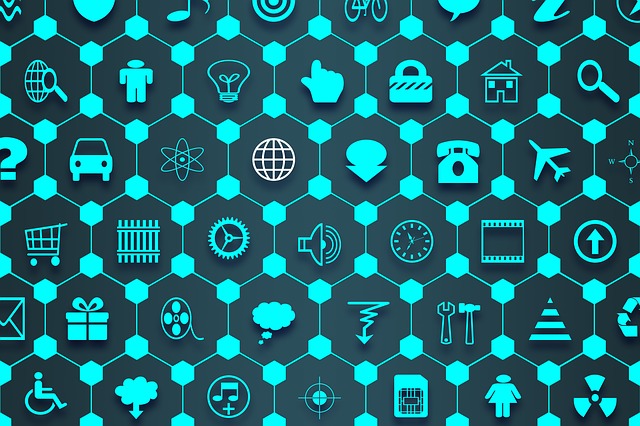Essentially, IoT or the internet of things is an evolution for internet-connected mobile, home, and embedded applications to integrate communications. These devices use data analytics to derive meaningful information as these devices share data in the cloud and analyze them securely. With it, our homes and our businesses are changing brilliantly in many ways. For example, have you encountered today’s Smart TVs?
Many industries are adopting IoT to enhance their existing systems. Just as a healthcare center uses IoT devices to improve medical outcomes, it provides a shopping experience by discovering better products faster and receiving accurate recommendations while keeping development and maintenance costs in manufacturing low. To make it more fun, IoT plays an essential role in today’s business systems, smoothly managing internal processes and providing a lot of convenience for all activities.
Let’s consider some of the major industries and take a closer look at their needs.
The Transportation industry
As one of the backbones of the business society, the transport industry is in great need of intelligent systems to manage resources properly. Consider a smart traffic camera. You can monitor road traffic, track accidents, congestion, weather conditions, and communicate with other intelligent cameras to share this data. The overall recorded information is combined and collected in the urban transport system.
Suppose this data is shared with a transportation system in another city that also shares its own data with an intelligence system’s help.
Medical industry
The medical industry needs to be more sophisticated and is already using IoT-based tools. With the help of IoT tools, doctors can remotely monitor patients and administer medications based on the tracked information. For example, with a patient at home, he maintains his life, and all his health problems are fully documented in the cloud system.
In case of an emergency, the doctor already has full documentation to prepare for the surgery. The hospital may also send an ambulance to the patient’s site. Doctors are already aware of the necessary actions that can save a lot of time and effort, so they don’t have to understand the patient’s condition.
Production
The actual idea behind using IoT in technical areas like in the manufacturing industry is to connect sensors to devices and collect data from customers. This data can actually be used to guide users in the predictive integrity of their assets.
The industry can analyze how the product is used, but it can also determine usage patterns. The manufacturing industry uses IoT tools to increase efficiency, support daily operations, facilitate production quality optimization, and provide high-level security.
Hospitality
To improve customers’ travel experience in the IoT hospitality industry, we are optimizing the IoT experience to provide more comfortable services for our guests. The hotel will provide the guest with a face detection ID so that the hotel staff can identify the guest before arrival.
Shortly of the IoT, hotels could be equipped with rooms equipped with emotion recognition sensors and cameras to capture patrons’ emotions. If you are hungry, we recommend that you eat. If the guest is cold, the personalization will warm the room.
IoT in the Home
IoT today acts as a great modern platform or tool to optimize man and machine connection engagement excellently.
IoT sensor
The essential hardware in the IoT may be its sensors. These devices consist of an energy module, a power management module, an RF module, and a sensing module. The RF module handles communication via signal processing, WiFi, ZigBee, Bluetooth, wireless transceivers, duplexers, and BAWs.
The sensing module can detect through a variety of active and passive measuring devices. Below is a list of some metering devices used in the IoT
Wearable electronics
These Wearable electronic gadgets are essentially small devices that can be worn on many body parts including the head, neck, torso arms, and feet. Smartwatches not only stay connected, but they also provide the access you need to increase your productivity as part of your IoT system. Current smart wearables include:
- Head helmet, goggles
- Neck jewelry, collar
- Arm watch, strap, ring
- Fuselage-clothing, backpack
- Socks, shoes
- Smart glasses help you enjoy more media and services we value and enable new productivity approaches when they are part of an IoT system.
Standard device
Desktops, tablets, and mobile phones continue to be an integral part of the IoT as command centers and remote controls. The desktop offers the highest level of control over the system and its settings. The tablet provides access to crucial system functions similar to a desktop and doubles as a remote control.
Mobile phones allow you to change some necessary settings and also provide remote functionality.
Other necessary connectivity devices include standard networking devices like routers and switches.
Electronics like smart TVs, refrigerators, security systems, lighting, and temperature control. Our vehicles and others are just a few of the IoT connected devices on the market
Conclusion
IoT is seen as the greatest frontier that can improve our lives in many ways. Devices that have never been networked can connect and respond just like smart devices: your car, your refrigerator, your home speaker, and the security system. The IoT is set to transform our world completely.
